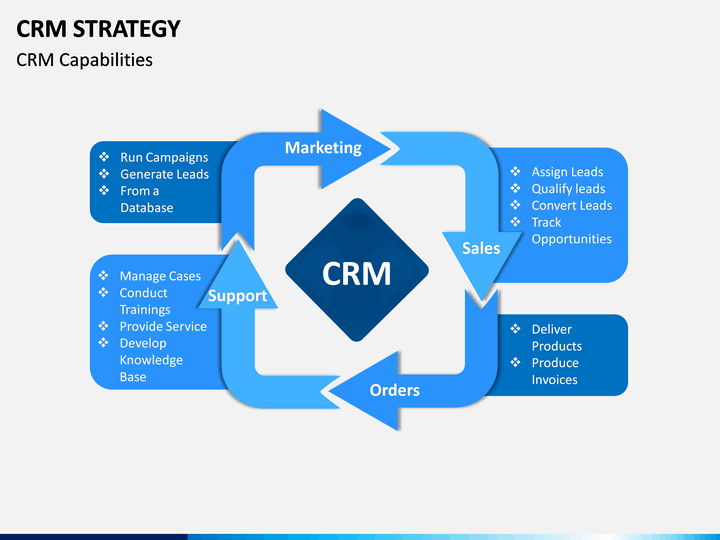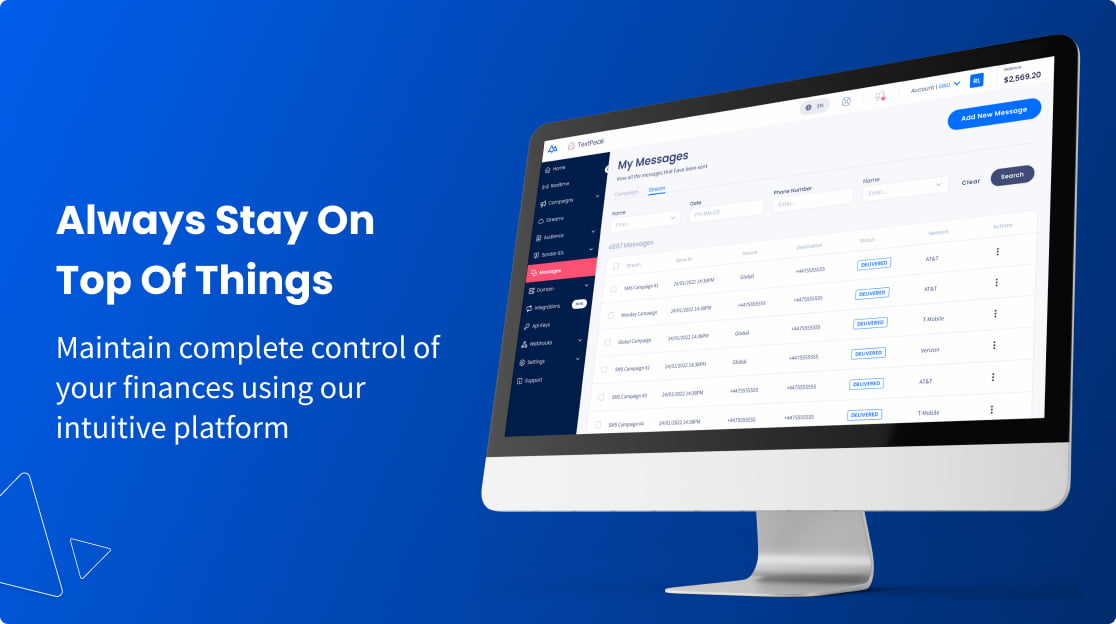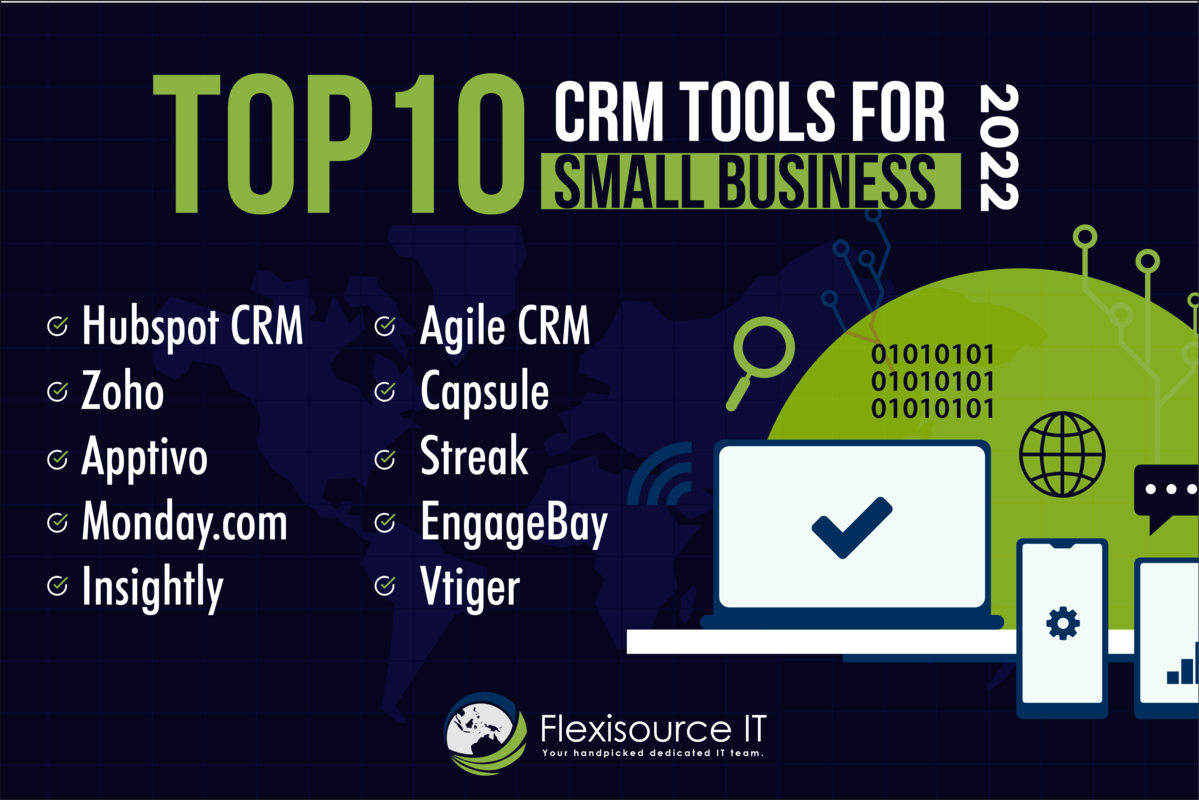
Supercharge Your Business: The Ultimate Guide to CRM Marketing Strategies
In today’s fast-paced business world, staying ahead of the curve requires more than just a great product or service. It demands a deep understanding of your customers and the ability to connect with them on a personal level. That’s where Customer Relationship Management (CRM) marketing strategies come into play. This comprehensive guide will delve into the world of CRM marketing, providing you with the knowledge and tools to transform your business and build lasting customer relationships.
What is CRM Marketing? Unveiling the Power of Customer-Centricity
CRM marketing is a strategic approach that leverages Customer Relationship Management (CRM) systems to understand, engage, and nurture customer relationships. It’s about more than just collecting data; it’s about using that data to create personalized experiences, improve customer satisfaction, and drive business growth. Think of it as the art and science of building meaningful connections with your customers, turning them into loyal advocates for your brand.
At its core, CRM marketing revolves around the customer. It puts their needs, preferences, and behaviors at the center of every marketing effort. This customer-centric approach allows businesses to:
- Gain a 360-degree view of their customers: Understand their demographics, purchase history, preferences, and interactions.
- Personalize marketing communications: Tailor messages and offers to individual customer needs and interests.
- Improve customer satisfaction and loyalty: Provide exceptional customer service and build strong relationships.
- Increase sales and revenue: Identify and capitalize on sales opportunities.
- Optimize marketing ROI: Track and measure the effectiveness of marketing campaigns.
The Pillars of a Successful CRM Marketing Strategy
Building a successful CRM marketing strategy requires a solid foundation. Here are the key pillars that will support your efforts:
1. Data Collection and Management
Data is the lifeblood of any CRM marketing strategy. You need to collect and manage customer data effectively. This involves:
- Choosing the right CRM system: Select a CRM platform that meets your specific needs and integrates with your existing systems.
- Defining data collection points: Identify where you will collect customer data, such as website forms, social media interactions, and sales transactions.
- Ensuring data accuracy and completeness: Implement processes to validate and clean your data regularly.
- Protecting customer data: Comply with data privacy regulations and ensure the security of customer information.
2. Segmentation and Targeting
Once you have collected your data, the next step is to segment your customer base. Segmentation involves dividing your customers into groups based on shared characteristics, such as demographics, purchase history, or behavior. This allows you to:
- Personalize marketing messages: Tailor your communications to resonate with specific customer segments.
- Improve campaign performance: Target your marketing efforts more effectively, leading to higher conversion rates.
- Optimize resource allocation: Focus your efforts on the most valuable customer segments.
Common segmentation criteria include:
- Demographics: Age, gender, location, income, education.
- Purchase history: Products purchased, frequency of purchases, average order value.
- Behavior: Website activity, email engagement, social media interactions.
- Needs and interests: Customer preferences, pain points, and goals.
3. Marketing Automation
Marketing automation is a powerful tool that can streamline your CRM marketing efforts. It allows you to automate repetitive tasks, such as sending emails, nurturing leads, and updating customer records. This frees up your marketing team to focus on more strategic initiatives.
Key benefits of marketing automation include:
- Improved efficiency: Automate tasks to save time and resources.
- Increased engagement: Deliver personalized messages at the right time.
- Enhanced lead nurturing: Guide leads through the sales funnel.
- Improved conversion rates: Drive more sales and revenue.
- Better ROI: Optimize marketing spend and measure results.
4. Personalization
Personalization is at the heart of effective CRM marketing. It involves tailoring your marketing messages and offers to individual customer needs and preferences. This can include:
- Personalized email marketing: Send targeted emails based on customer behavior and interests.
- Dynamic website content: Display different content to different customers based on their profile.
- Product recommendations: Suggest relevant products based on customer purchase history and browsing behavior.
- Personalized offers and promotions: Create tailored offers that appeal to individual customer needs.
5. Customer Journey Mapping
Understanding the customer journey is crucial for creating effective CRM marketing strategies. Customer journey mapping involves visualizing the steps a customer takes from initial awareness to purchase and beyond. This helps you identify:
- Customer touchpoints: All the interactions a customer has with your brand.
- Customer pain points: Areas where customers may experience frustration or difficulty.
- Opportunities for improvement: Areas where you can enhance the customer experience.
By mapping the customer journey, you can optimize your marketing efforts to guide customers smoothly through the sales funnel and build lasting relationships.
6. Measurement and Analysis
To ensure the success of your CRM marketing strategy, you need to track and measure your results. This involves:
- Defining key performance indicators (KPIs): Identify the metrics that matter most to your business, such as conversion rates, customer lifetime value, and customer satisfaction.
- Tracking your results: Use your CRM system and other analytics tools to monitor your KPIs.
- Analyzing your data: Identify trends, patterns, and insights to improve your marketing efforts.
- Making data-driven decisions: Use your analysis to optimize your campaigns and improve your ROI.
Implementing CRM Marketing Strategies: A Step-by-Step Guide
Now that you understand the key pillars of CRM marketing, let’s walk through the steps to implement a successful strategy:
Step 1: Define Your Goals and Objectives
Before you start implementing any CRM marketing strategies, you need to define your goals and objectives. What do you want to achieve with your CRM efforts? Are you aiming to increase sales, improve customer retention, or enhance customer satisfaction? Clearly defined goals will help you focus your efforts and measure your success.
Step 2: Choose the Right CRM System
Selecting the right CRM system is critical to the success of your strategy. Consider your business needs, budget, and technical capabilities. Research different CRM platforms and choose the one that best fits your requirements. Some popular CRM platforms include:
- Salesforce
- HubSpot
- Zoho CRM
- Microsoft Dynamics 365
- Pipedrive
Step 3: Clean and Organize Your Data
Ensure your data is accurate, complete, and up-to-date. Cleanse your existing data and establish processes for ongoing data management. This may involve deduplicating records, correcting errors, and standardizing data formats.
Step 4: Segment Your Customers
Divide your customer base into segments based on shared characteristics. Use your CRM data to identify key segments and tailor your marketing messages accordingly. Consider using demographic, behavioral, and psychographic data to create effective segments.
Step 5: Create Personalized Campaigns
Develop personalized marketing campaigns that resonate with each customer segment. Use your CRM data to tailor your messages, offers, and content to individual customer needs and preferences. Leverage marketing automation tools to streamline your campaign execution.
Step 6: Automate Your Marketing Processes
Implement marketing automation tools to automate repetitive tasks, such as sending emails, nurturing leads, and updating customer records. This will free up your marketing team to focus on more strategic initiatives.
Step 7: Track and Measure Your Results
Monitor your key performance indicators (KPIs) to measure the effectiveness of your CRM marketing strategies. Track your conversion rates, customer lifetime value, and customer satisfaction. Use your data to identify areas for improvement and optimize your campaigns.
Step 8: Continuously Optimize Your Strategy
CRM marketing is an ongoing process. Continuously analyze your results, identify areas for improvement, and refine your strategies. Stay up-to-date with the latest trends and technologies in CRM marketing to ensure your business remains competitive.
Advanced CRM Marketing Techniques: Taking Your Strategy to the Next Level
Once you’ve mastered the basics, you can explore advanced CRM marketing techniques to further enhance your customer relationships and drive business growth.
1. Predictive Analytics
Predictive analytics uses data and statistical algorithms to predict future customer behavior. This allows you to anticipate customer needs, personalize your marketing messages, and proactively address potential issues. Predictive analytics can be used to:
- Predict customer churn: Identify customers who are at risk of leaving and take steps to retain them.
- Forecast sales: Predict future sales trends and optimize your inventory management.
- Personalize product recommendations: Suggest relevant products based on customer purchase history and browsing behavior.
2. Customer Lifetime Value (CLTV) Analysis
CLTV analysis helps you understand the long-term value of your customers. By calculating the CLTV, you can identify your most valuable customers and focus your marketing efforts on retaining them. This involves:
- Calculating the average revenue per customer: Determine the average amount of revenue generated by each customer.
- Estimating the customer lifetime: Determine the average length of time a customer remains a customer.
- Calculating the CLTV: Multiply the average revenue per customer by the customer lifetime.
Use your CLTV analysis to allocate your marketing budget effectively and focus on retaining your most valuable customers.
3. Social CRM
Social CRM integrates social media into your CRM strategy. This allows you to monitor social media conversations, engage with customers, and gain valuable insights into their needs and preferences. Social CRM can be used to:
- Monitor brand mentions: Track what people are saying about your brand on social media.
- Engage with customers: Respond to customer inquiries and resolve issues quickly.
- Gather customer feedback: Collect feedback and identify areas for improvement.
- Run social media campaigns: Promote your products and services on social media.
4. Mobile CRM
Mobile CRM allows your sales and marketing teams to access customer data and manage their activities on the go. This enhances productivity and improves customer responsiveness. Mobile CRM features include:
- Access to customer data: View customer profiles, purchase history, and interactions from your mobile device.
- Salesforce automation: Manage leads, track sales opportunities, and close deals on the go.
- Real-time updates: Receive instant notifications about customer activity.
- Improved collaboration: Collaborate with team members from anywhere.
5. Voice of the Customer (VoC) Programs
VoC programs involve collecting and analyzing customer feedback to improve the customer experience. This can include surveys, feedback forms, and social media monitoring. VoC programs help you:
- Understand customer needs and expectations: Gain insights into what customers want and need.
- Identify pain points: Identify areas where customers are experiencing frustration or difficulty.
- Improve products and services: Use customer feedback to improve your offerings.
- Increase customer satisfaction and loyalty: Demonstrate that you value customer feedback.
CRM Marketing in Action: Real-World Examples
Let’s explore some real-world examples of how businesses are leveraging CRM marketing to achieve success:
Example 1: E-commerce Retailer
An e-commerce retailer uses CRM to personalize product recommendations, send targeted email campaigns, and provide exceptional customer service. They analyze customer purchase history, browsing behavior, and demographics to create personalized product recommendations. They send targeted email campaigns based on customer interests and preferences, such as abandoned cart emails and promotional offers. They also use CRM to provide responsive customer service, addressing customer inquiries and resolving issues quickly. The results? Increased sales, improved customer loyalty, and a higher customer lifetime value.
Example 2: Financial Services Company
A financial services company uses CRM to manage customer relationships, track sales leads, and provide personalized financial advice. They use CRM to track customer interactions, such as phone calls, emails, and meetings. They segment their customers based on their financial goals and risk tolerance. They provide personalized financial advice and recommendations based on customer needs. The results? Increased sales, improved customer retention, and a stronger brand reputation.
Example 3: SaaS Company
A Software-as-a-Service (SaaS) company uses CRM to nurture leads, onboard new customers, and provide ongoing support. They use CRM to track leads through the sales funnel and automate email marketing campaigns. They onboard new customers with personalized welcome emails and training materials. They provide ongoing support and customer success resources to ensure customer satisfaction. The results? Increased customer acquisition, improved customer retention, and a higher customer lifetime value.
Common Pitfalls to Avoid in CRM Marketing
While CRM marketing offers significant benefits, it’s important to be aware of the common pitfalls that can hinder your efforts:
- Poor data quality: Inaccurate, incomplete, or outdated data can lead to ineffective campaigns and wasted resources.
- Lack of personalization: Sending generic messages to all customers will not resonate and can lead to disengagement.
- Failure to integrate CRM with other systems: Siloed data can limit your ability to gain a 360-degree view of your customers.
- Ignoring customer feedback: Failing to listen to and act on customer feedback can lead to dissatisfaction and churn.
- Lack of training and adoption: If your team doesn’t know how to use the CRM system, you won’t be able to leverage its full potential.
- Not measuring results: Without tracking and measuring your results, you won’t know what’s working and what’s not.
By avoiding these common pitfalls, you can maximize your chances of success with CRM marketing.
The Future of CRM Marketing: Trends to Watch
The field of CRM marketing is constantly evolving. Here are some trends to watch for in the future:
- Artificial intelligence (AI): AI is being used to automate tasks, personalize customer experiences, and predict customer behavior.
- Machine learning (ML): ML algorithms are being used to analyze large datasets and gain valuable insights.
- Omnichannel marketing: Businesses are focusing on providing seamless customer experiences across all channels.
- Customer data platforms (CDPs): CDPs are being used to centralize customer data and provide a single view of the customer.
- Privacy and data security: Businesses are prioritizing data privacy and security to comply with regulations and build customer trust.
By staying informed about these trends, you can ensure that your CRM marketing strategy remains relevant and effective.
Conclusion: Embracing the Power of CRM Marketing
CRM marketing is a powerful tool that can transform your business and build lasting customer relationships. By implementing the strategies outlined in this guide, you can gain a deeper understanding of your customers, personalize your marketing efforts, and drive business growth.
Remember that CRM marketing is an ongoing process. Continuously analyze your results, refine your strategies, and stay up-to-date with the latest trends to ensure your business remains competitive. Embrace the power of CRM marketing, and watch your business thrive!

